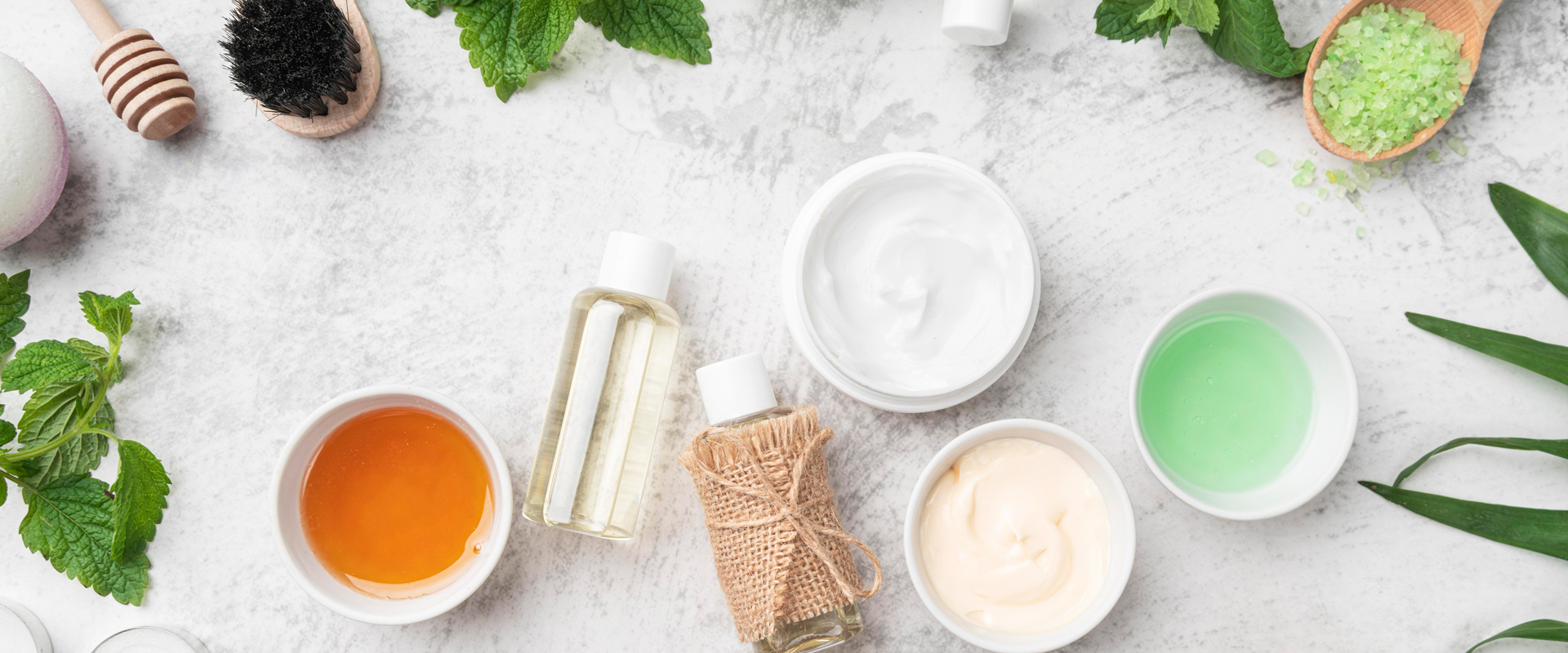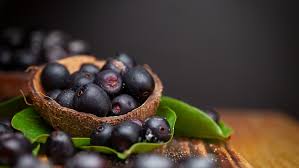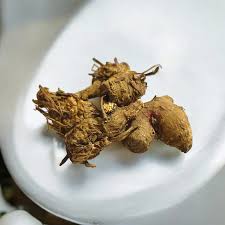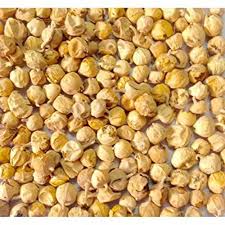
How Babchi Seed Can Be Used in Herbal Soap Making
In the realm of natural skincare, Babchi Seed (Psoralea corylifolia), also known as Bakuchi, is revered for its powerful healing properties. From treating pigmentation issues to promoting youthful skin, Babchi is an Ayurvedic powerhouse. But did you know that Babchi Seed can also be a key ingredient in creating herbal soaps? At dirghaanshi, we believe in the magic of natural remedies, and Babchi seed is an excellent addition to your homemade soap-making routine. If you’re looking to create a luxurious, healing soap at home, Babchi seed can offer numerous skin benefits, while providing you with a gentle and effective product for your daily skincare needs.
🌱 Long Description
✨ Why Use Babchi Seed in Soap Making?
Babchi Seed has long been used in traditional Ayurvedic medicine due to its therapeutic and beautifying properties. When incorporated into herbal soaps, it not only enhances the soap’s effectiveness but also provides an array of skin benefits. Some of the active compounds in Babchi Seed include Bakuchiol, a plant-based alternative to retinol, and Psoralen, which promotes skin regeneration.
Using Babchi Seed in soap making is a fantastic way to harness these active compounds in a gentle and non-invasive way. The natural properties of Babchi seed make it ideal for treating a variety of skin conditions, from pigmentation to dryness and blemishes. The soothing and skin-regenerating benefits of Babchi are magnified when combined with other herbal ingredients in a carefully crafted soap formula.
🌸 Key Benefits of Babchi Seed in Herbal Soap Making
✅ 1. Promotes Even Skin Tone
Babchi Seed is known for its brightening properties. Regular use of soaps made with Babchi seed helps lighten dark spots, blemishes, and uneven skin tone. The Bakuchiol content in Babchi mimics the effects of retinol without irritation, making it an excellent ingredient for those with sensitive skin.
✅ 2. Anti-Aging Properties
Babchi Seed helps boost collagen production, making it ideal for anti-aging soaps. The antioxidants present in the seed help fight free radicals, which can cause premature aging. By incorporating Babchi seed into your soap, you’ll be supporting your skin’s elasticity and overall youthful glow.
✅ 3. Soothes Skin Inflammation
Babchi seed is an excellent remedy for inflamed skin conditions, including eczema and psoriasis. It helps reduce redness, itching, and dryness, making it a perfect ingredient for soothing soaps. Whether you have sensitive skin or suffer from seasonal skin irritation, Babchi will calm and nourish your skin.
✅ 4. Improves Skin Texture and Elasticity
The active compounds in Babchi Seed, like Psoralen, help to regenerate skin cells, improving both texture and elasticity. A Babchi-infused soap can leave your skin feeling soft, smooth, and revitalized after every use.
✅ 5. Antibacterial and Antifungal Properties
Babchi seed also has antibacterial and antifungal properties, which makes it highly effective in treating acne and preventing skin infections. These properties can help keep your skin clean and healthy, free from harmful bacteria.
🧼 How to Use Babchi Seed in Herbal Soap Making
Making your own Babchi Seed herbal soap at home can be an incredibly satisfying and creative process. Whether you are a beginner or an experienced soap maker, Babchi can easily be incorporated into any soap recipe.
🧂 Ingredients Needed:
Babchi seed oil (cold-pressed) – 2 tablespoons
Olive oil – 1/4 cup (acts as a nourishing base)
Coconut oil – 1/4 cup (provides cleansing properties)
Lye (sodium hydroxide) – 3 oz (for saponification)
Distilled water – 1/4 cup
Shea butter – 2 tablespoons (adds moisture and smoothness)
A few drops of lavender or chamomile essential oil (optional, for fragrance)
🧑🍳 Instructions:
Prepare the lye solution: In a heatproof container, carefully mix lye with distilled water (always add lye to water, not the other way around). Stir until dissolved. Set aside to cool.
Melt the oils: In a separate saucepan, melt the coconut oil, olive oil, and shea butter over low heat. Once melted, remove from the heat and allow the oils to cool slightly.
Combine Babchi Seed Oil: Add the Babchi seed oil to the melted oils and stir well.
Combine the lye solution with oils: Once both the lye solution and oils have cooled to about the same temperature (around 100°F or 37°C), slowly pour the lye solution into the oils.
Mix until trace: Use an immersion blender or whisk to blend the mixture until it reaches a trace—a pudding-like consistency.
Add fragrance oils: If desired, add essential oils for fragrance and additional skin benefits.
Pour into molds: Pour the soap batter into soap molds and let it sit for 24-48 hours until it hardens.
Cure the soap: After unmolding, let the soap cure for 3-4 weeks before using.
🌸 Extra Tips for Adding More Skin Benefits
For enhanced effects, you can add other herbal ingredients to your Babchi Seed soap:
Turmeric powder – For its brightening and anti-inflammatory properties.
Aloe vera gel – To enhance the soap’s soothing and hydrating qualities.
Neem oil – Known for its antibacterial and anti-fungal benefits.
Tea tree essential oil – To treat acne and balance skin.
Each of these ingredients works well in synergy with Babchi to provide your skin with the nourishment it deserves.
📌 Conclusion
Babchi Seed is truly a skincare miracle worker, and its incorporation into herbal soap-making provides a natural, effective solution for skin rejuvenation and healing. Whether you’re dealing with uneven skin tone, aging skin, or inflammation, Babchi offers the perfect antidote in a gentle and nourishing way. By making your own Babchi Seed soap, you ensure that your skin is treated with only the best natural ingredients that enhance your skin’s health and vitality.
If you’re new to making soap, starting with Babchi is an easy and beneficial first step. As always, remember to embrace Ayurvedic skincare principles and enjoy the holistic benefits that Babchi can provide.













